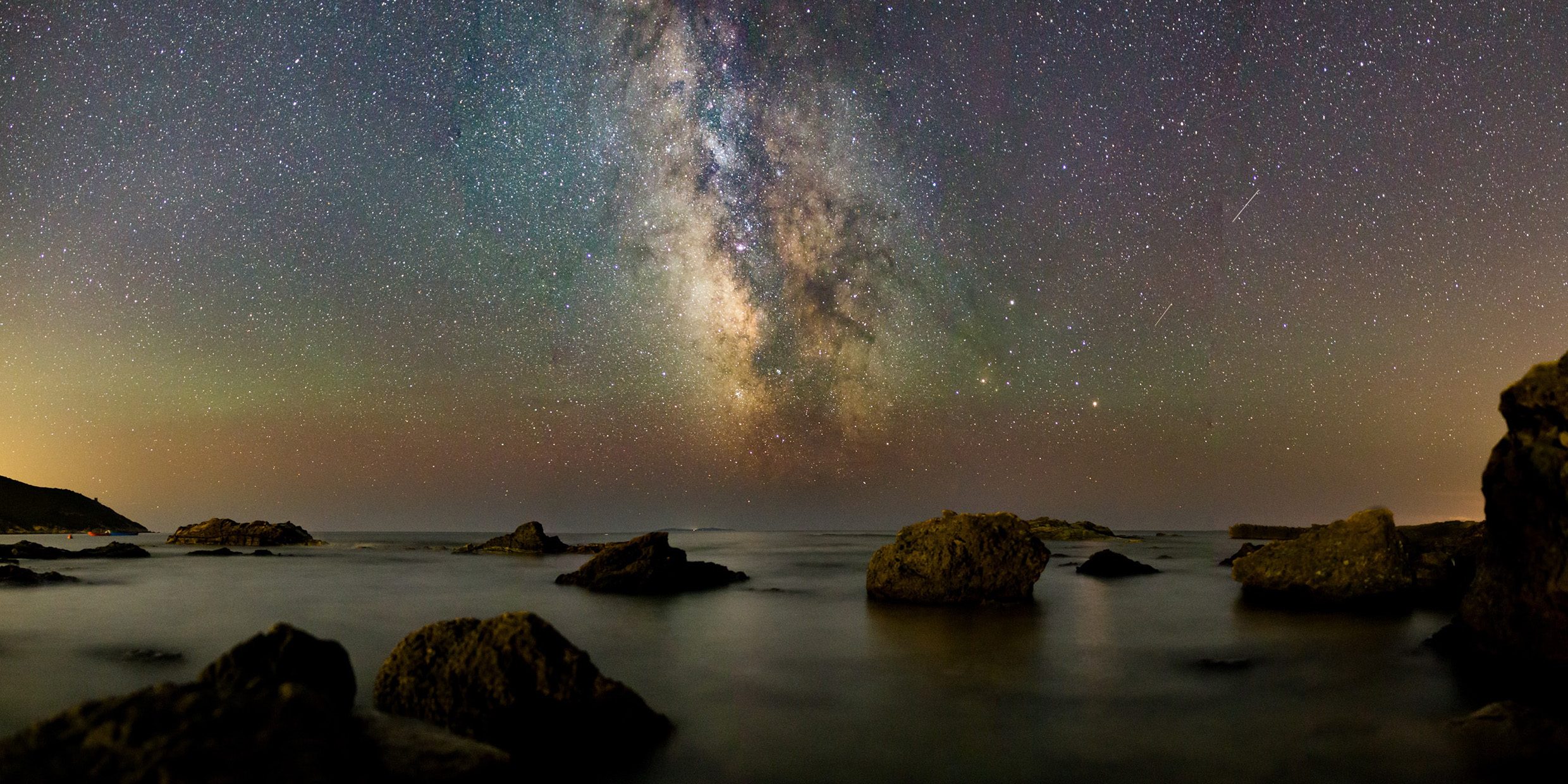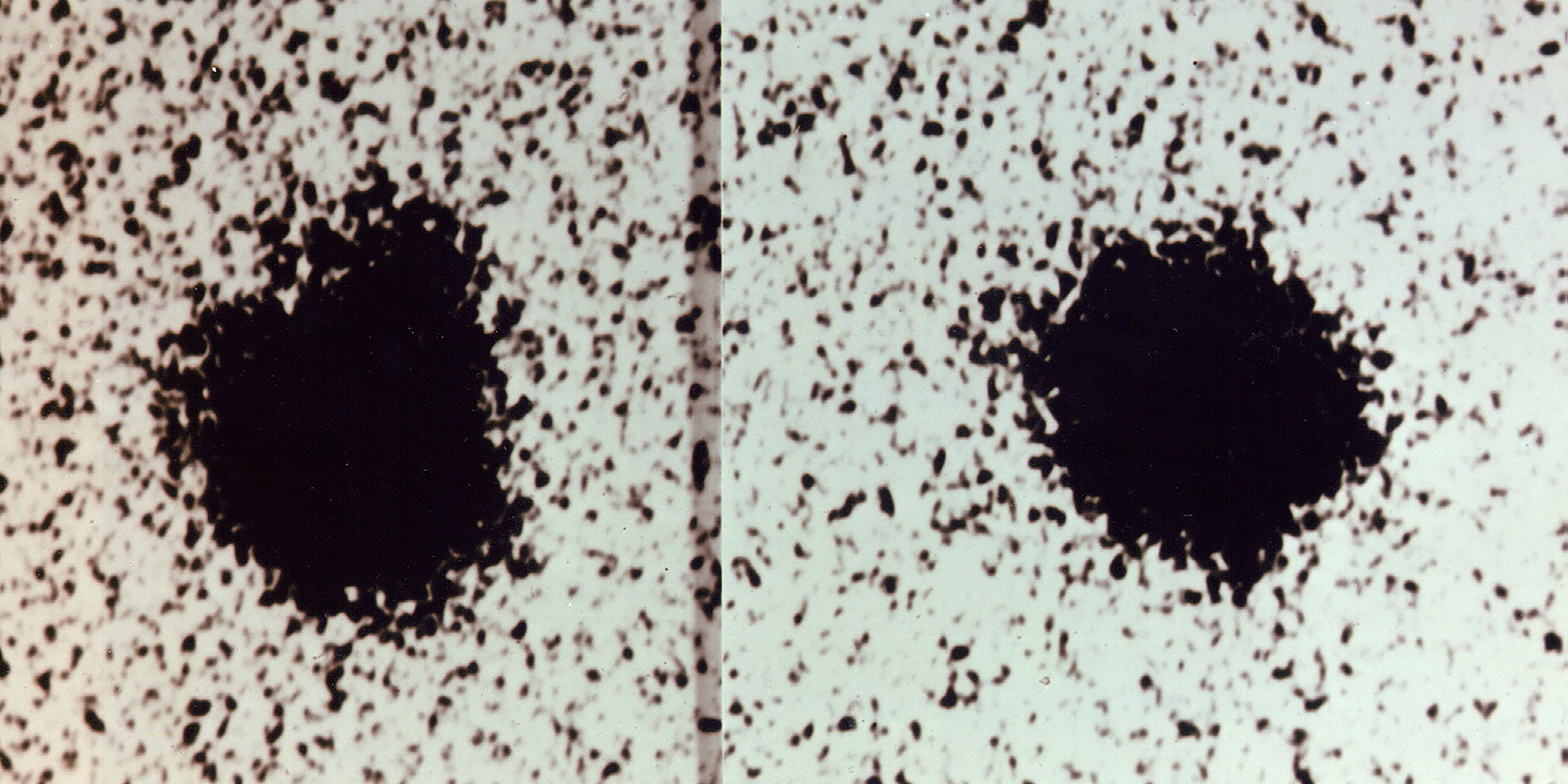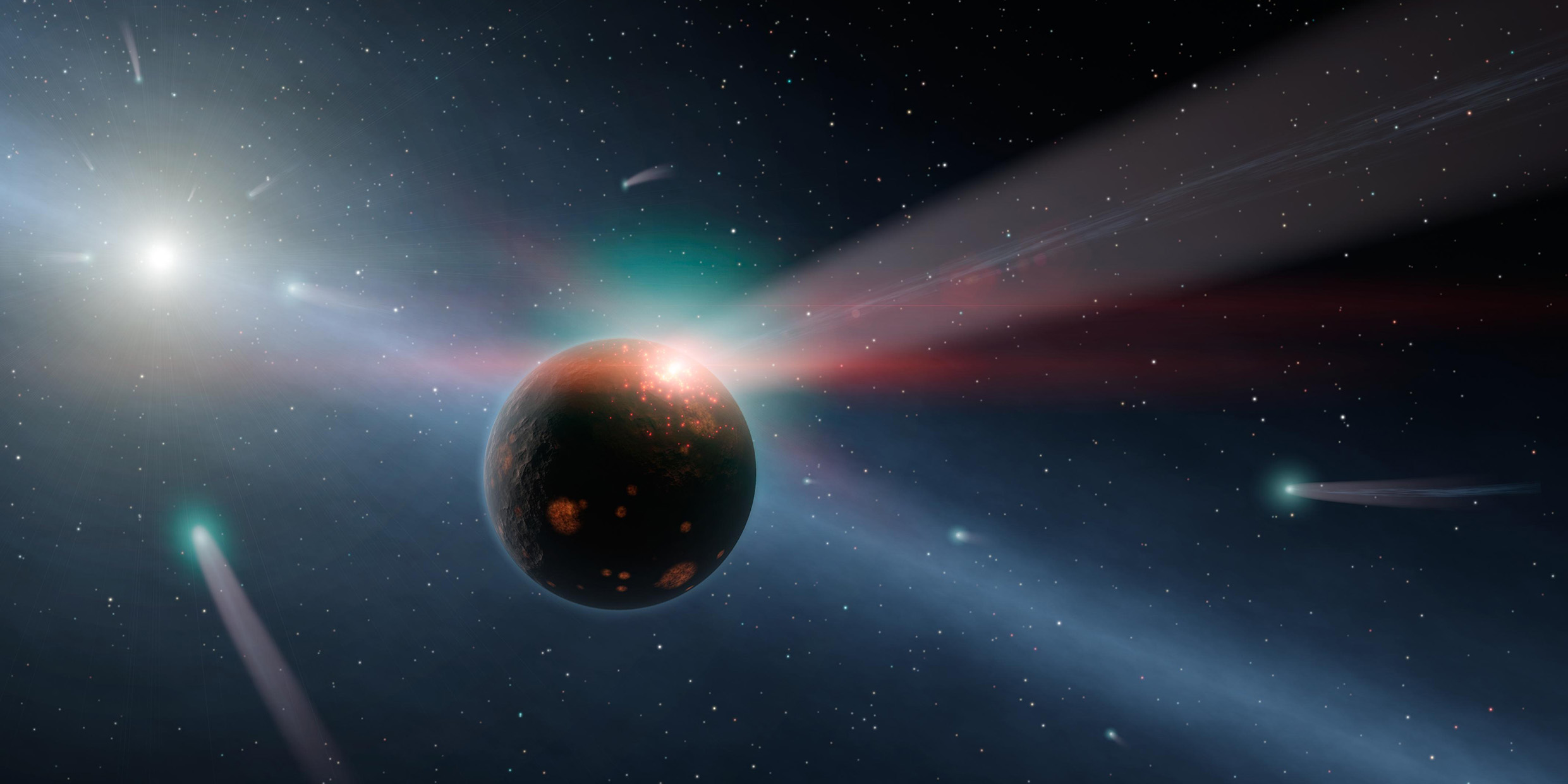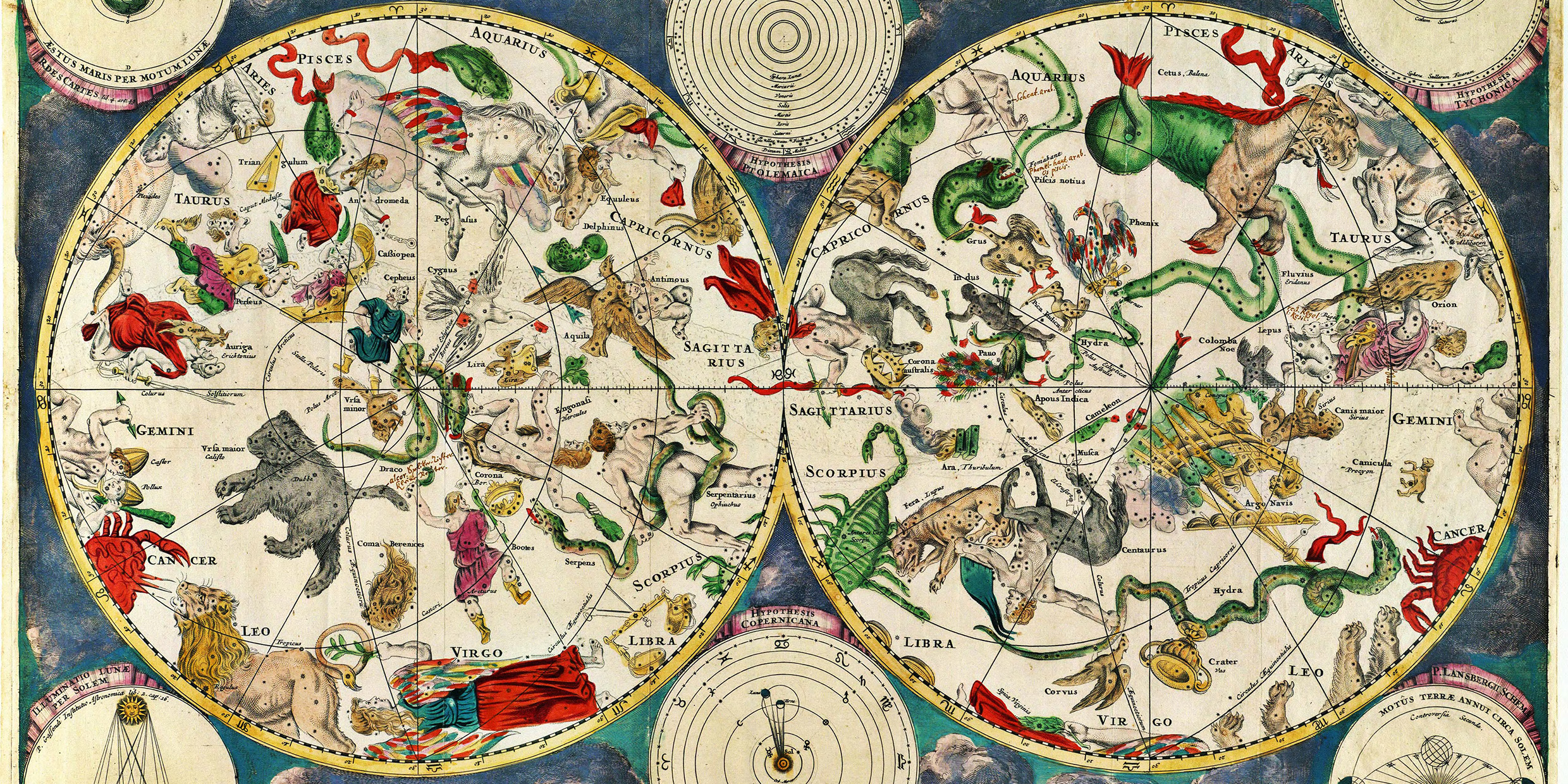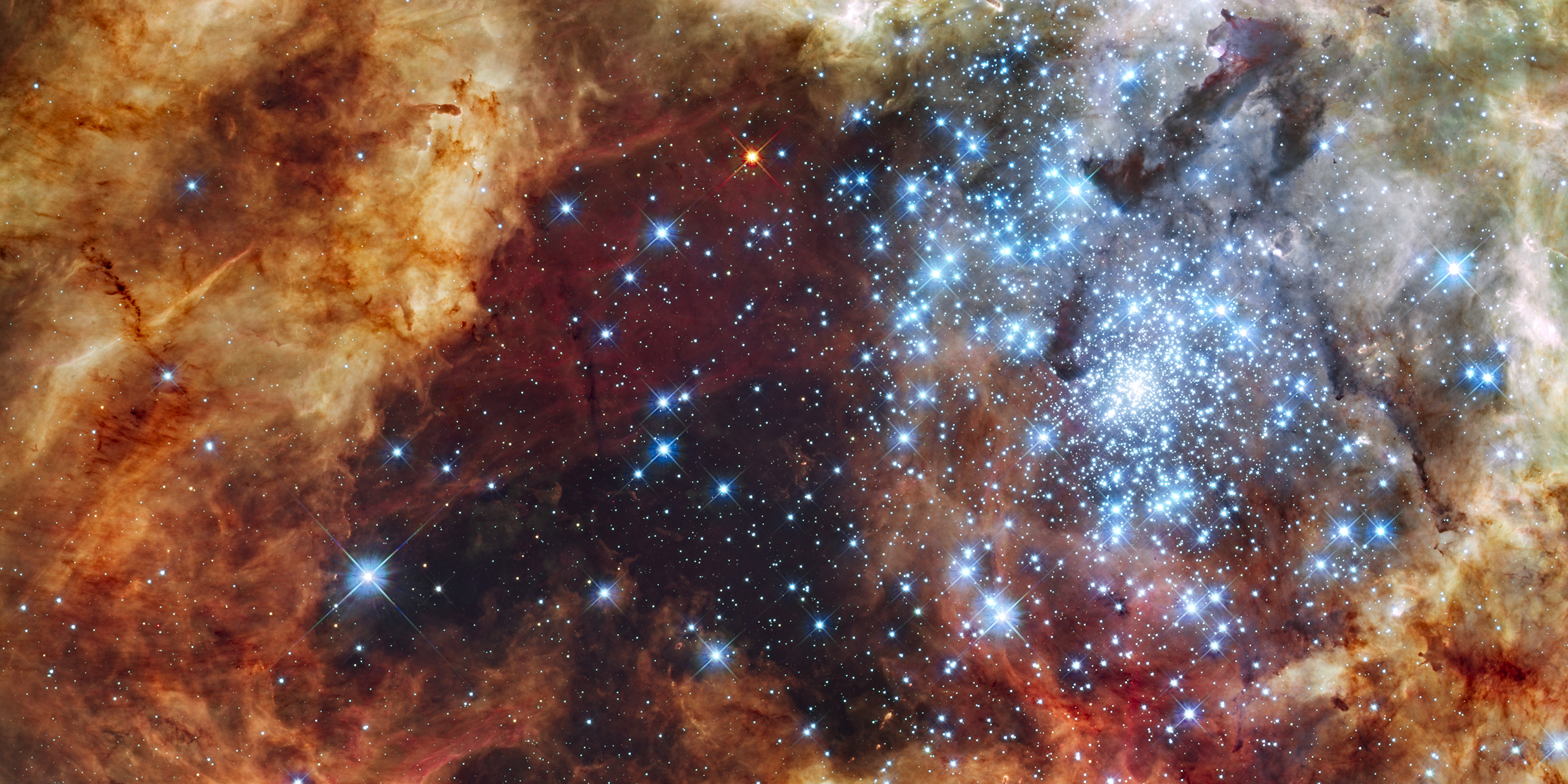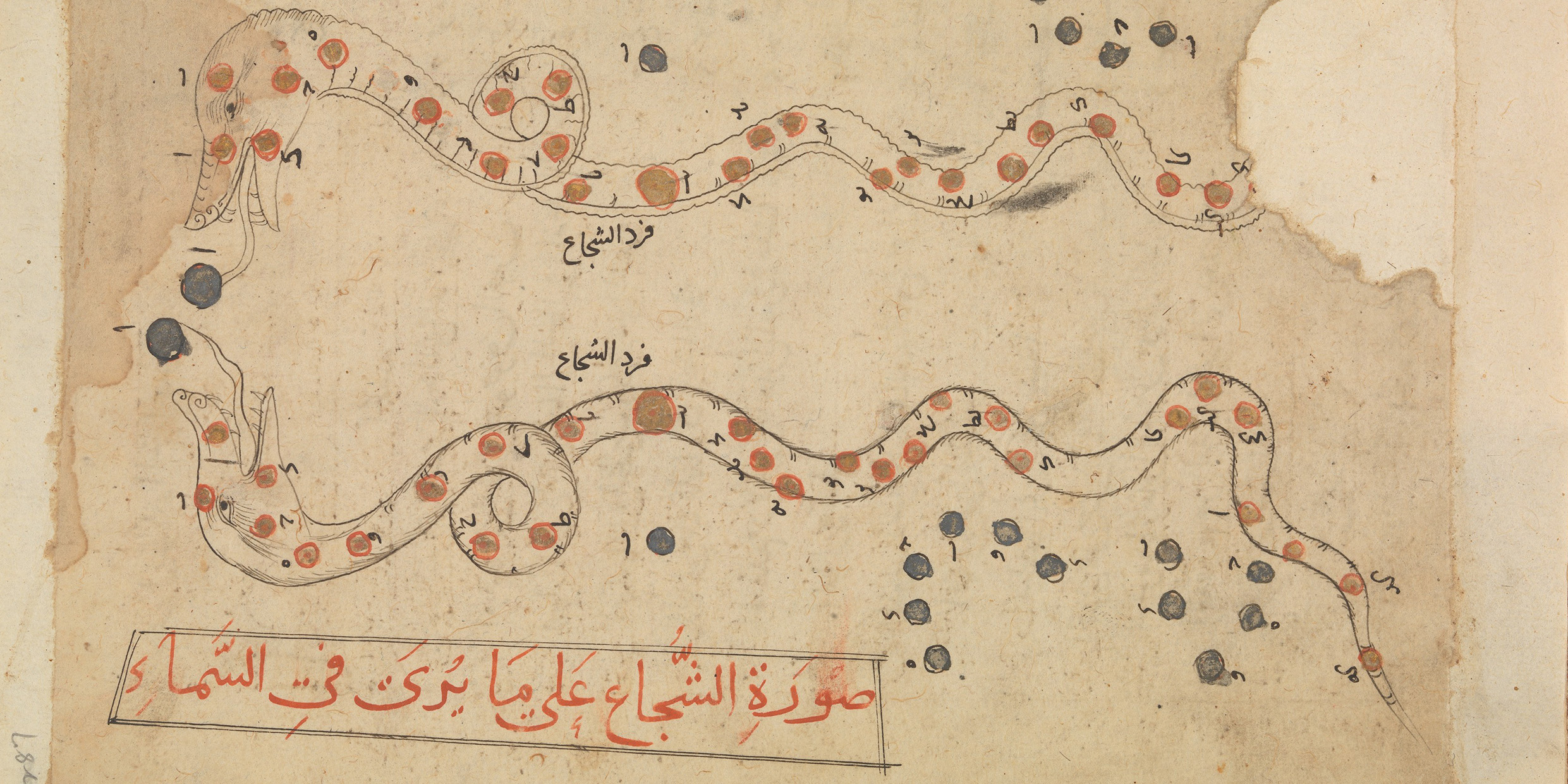For the poets of ancient China, the Milky Way was the Celestial River, “a river of stars turning in the jade vault.” Or alternatively, it was “the Great Path without a gate” that passed between heaven and Earth.
Astronomy
Charon may soon unveil some secrets
It has been 55 years since Clyde Tombaugh, a young assistant at the Lowell Observatory in Flagstaff, Arizona, found a smudge of light on a photographic plate that moved from night to night. That smudge was Pluto, the ninth and most mysterious member of the sun’s family.
Cycle of destruction
Gershwin said it: I got rhythm. Let’s add to that: All God’s creatures got rhythm. Every bird in the air and fish in the sea got rhythm. There are daily rhythms: Roosters grow at sunrise and bats fly at dusk. There are annual rhythms: Ferns unfurl their fronds in the spring and trees go gaudy with color in the fall. And there are monthly rhythms: The moon raises tides in the sea and inspires periodic lunacy and romance.
Detective work in the heavens
Who invented the constellations? Who first imagined the confrontation of Taurus and Orion in the winter sky? Who placed the figures of the Great Bear and the Little Bear near the northern pole? Who sent Cygnus the Swan winging along the stream of the Milky Way?
Halley’s Comet: no close encounter
This is the year of Halley’s Comet. Sometime before the last day of 1985, you and I will have the opportunity to see this most famous of all celestial visitors.
New variety among the stars
A population profile of the stars is like a pyramid. At the top of the pyramid are the blue giant stars, the lords of the galaxy.
The Moon’s cone of darkness
The night has a shape and that shape is a cone. In Shelley’s “Prometheus Unbound” the Earth speaks this line: “I spin beneath my pyramid of night, Which point into the heavens, dreaming delight.”
New look at universe
“Look at the stars! Look, look up at the skies!” says the poet Gerald Manley Hopkins. “O look at all the fire-folk sitting in the air! The bright boroughs, the quivering citadels there! The dim woods quick with diamond wells; the elf-eyes!”
Our reflection in the stars
Thoreau tells us that when he learned the Indian names for things he began to see them in a new way. When he asked his Indian guide why a certain lake in Maine was called Sebamook, the guide replied: “Like as here is a place, and there is a place, and you take water from there and fill this, and it stays here: that is Sebamook.” Thoreau compiled a glossary of Indian names and their meanings. It was like a map of the Maine woods. It was a natural history. The Indian names of things reminded Thoreau that intelligence flowed in channels other than his own.
A magnetic display
On the evening of September 30, 1961, observers in the northeastern United States were treated to a spectacular display of northern lights — the aurora borealis. It was the first I witnessed (I grew up in the south) and remains the best show of the lights I have seen.
